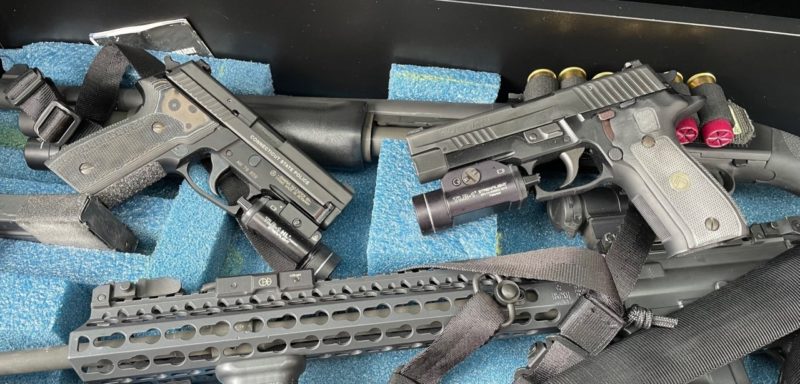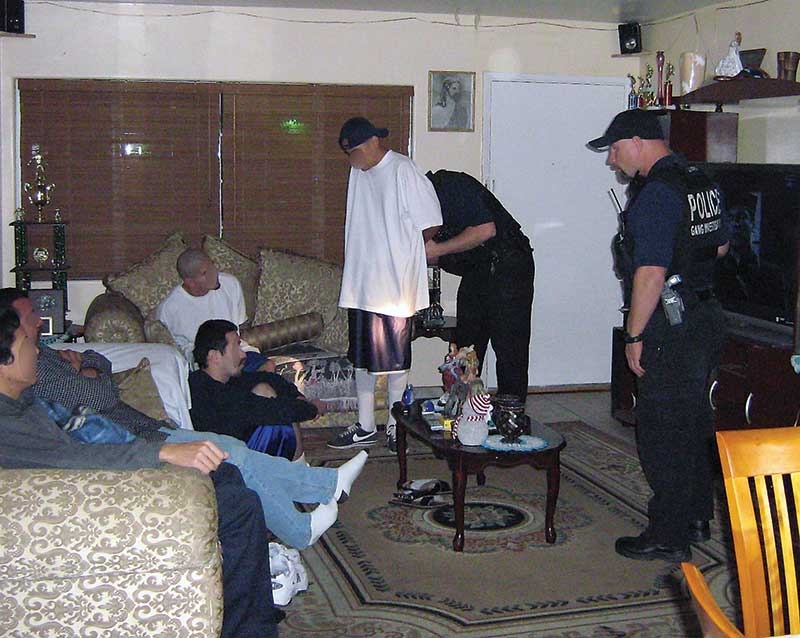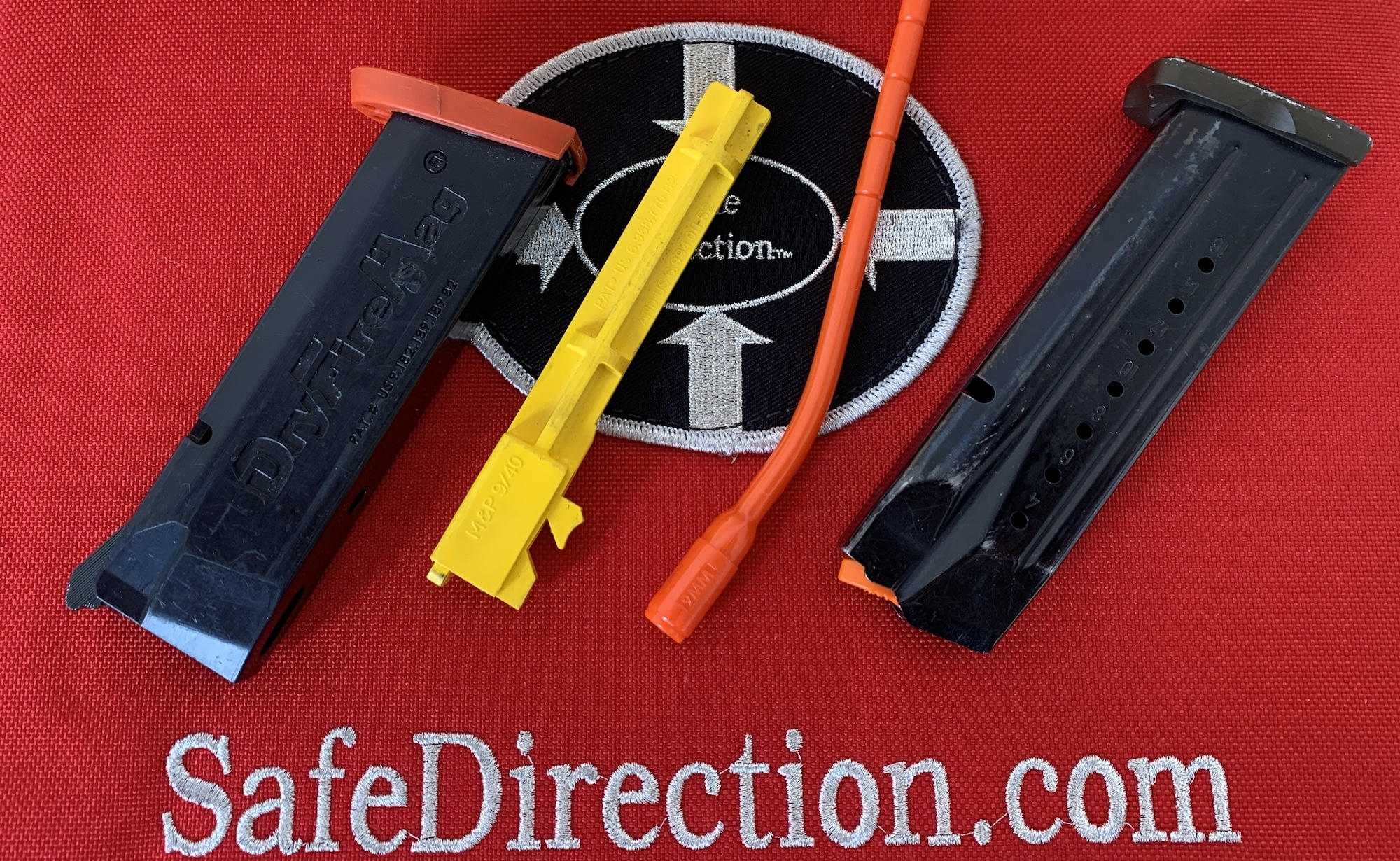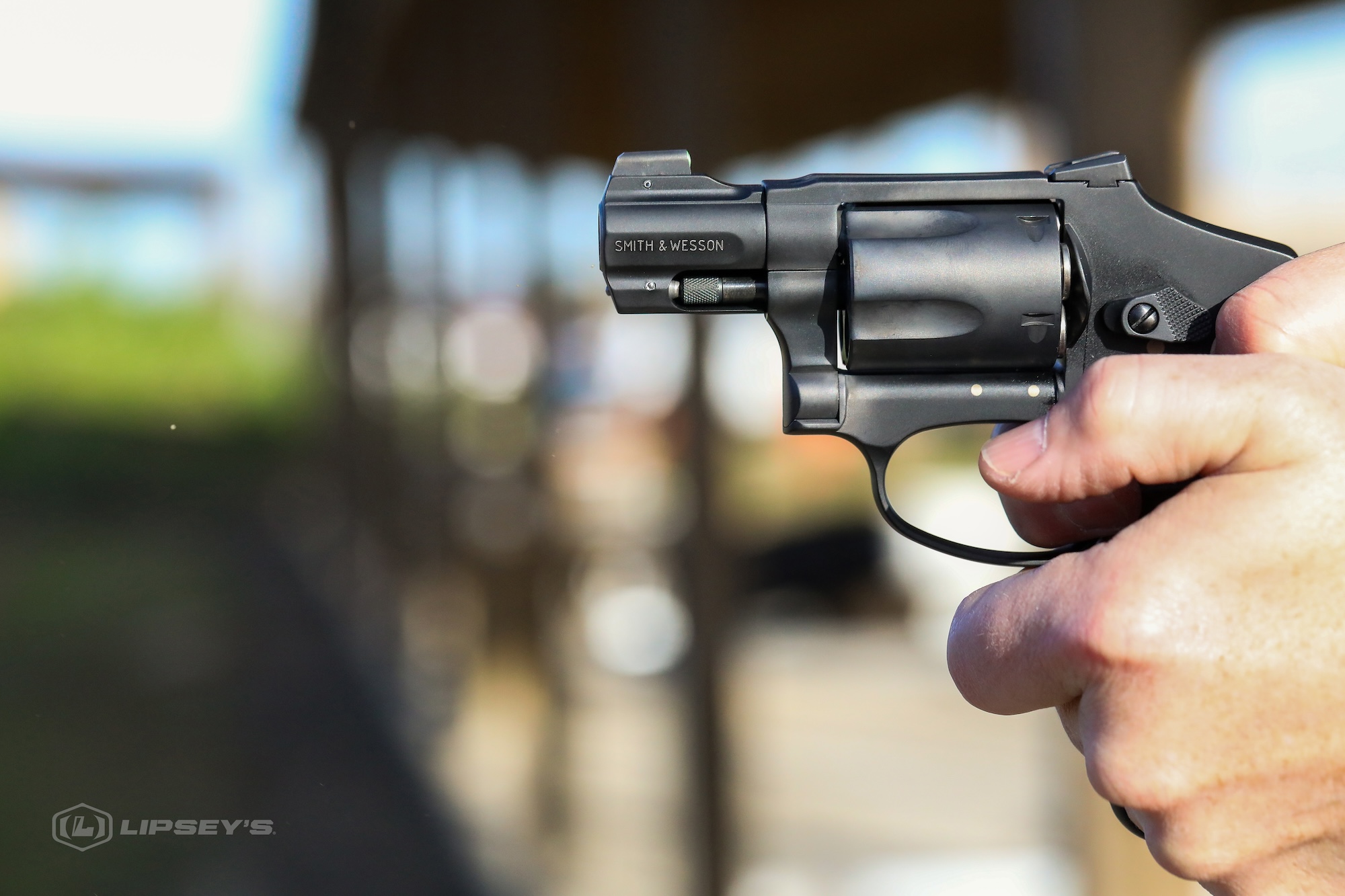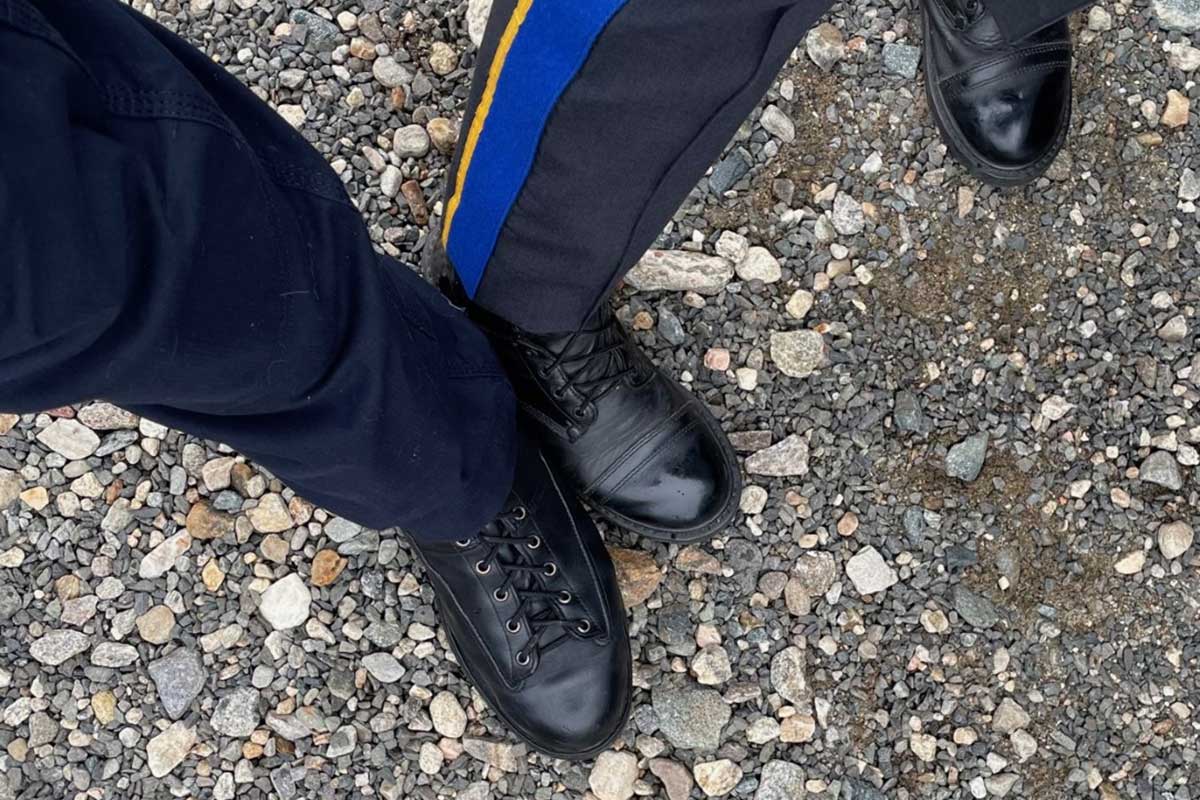
DA-052422-feet-1200
One size truly doesn't fit all. I would be at a real disadvantage if I had to make myself use her size 8's. And while she would have plenty of room in my size 15's, would it be an ideal pair of boots for her?
If you got into a car and your feet did not reach the pedals, you would move the seat forward. If you were too close to the wheel, you would adjust the seatback – unless your agency said everyone had to have their seat in the same place. This is the best analogy I can think of when explaining to command staff and finance boards why an agency should be allowing multiple firearms for duty use. It makes no sense to force everyone into a one-size-fits-all situation. I wear a size 15EE boot; my backup tonight wears a woman’s size 8. There is no way I would be comfortable or equipped correctly in her size 8, and she would be swimming in my size 15.
The days of one size fits all for duty pistols should be long gone. But unfortunately, that mindset is still alive and well in many agencies across the country. The usual reason is “that is how we’ve always done it” or “magazine compatibility.”

A smaller pistol? With a smaller weapon light? That just might make a big difference for the officer carrying it.
Don’t get me wrong; legitimate logistical issues can arise from allowing multiple firearms for duty use. Holsters, parts, magazines, and other supplies must be purchased and kept on hand. Armorer certifications across several different pistols are more expensive and difficult to maintain. These concerns and costs will be much less costly than a lawsuit because a recruit cannot complete the academy or qualify with an issued pistol that does not fit them well. And in the seemingly impossible quest to get enough suitable candidates for police jobs, should we not attempt to match the pistol to the shooter and ensure they have the best possible chance of shooting it proficiently? My past agency had a great candidate that did not make it through our training academy due to failing to meet the firearms standards. She was quickly hired by a city agency that carried a much smaller pistol. I have heard she is an exemplary officer with the city agency, and my former agency lost a great candidate.
Creating training courses and courses of fire for multiple weapons can be problematic. Especially if you allow various platforms (i.e., double-action / single-action and striker-fired pistols). Your training and drills may need to be adjusted based on what everyone is shooting. But, could you also just issue similar weapons, but of a smaller size? For example, officers can choose either Sig P226 or P229? Identical operation, same armorer certification, almost total parts compatibility. Or a full-size Glock 17 or the smaller Glock 19? Possibly something as simple as a smaller weapon light for better balance or a shorter overall length.
Another issue often heard relative to allowing multiple pistols is the magazine compatibility problem. The usual argument is, “What if I need a magazine for my Sig, but you have a Glock?” I have attempted to find some real-world firsthand experience of this happening somewhere in law enforcement. I have only verified that this happened during the North Hollywood robbery. An extremely unusual circumstance, to say the least. Also, as someone who responded to an active shooter incident, I can tell you that there will be officers responding from everywhere. They will have an array of duty and personal weapons. In that type of incident, you may be paired with an officer from a different agency, and your equipment and magazines may not be compatible.
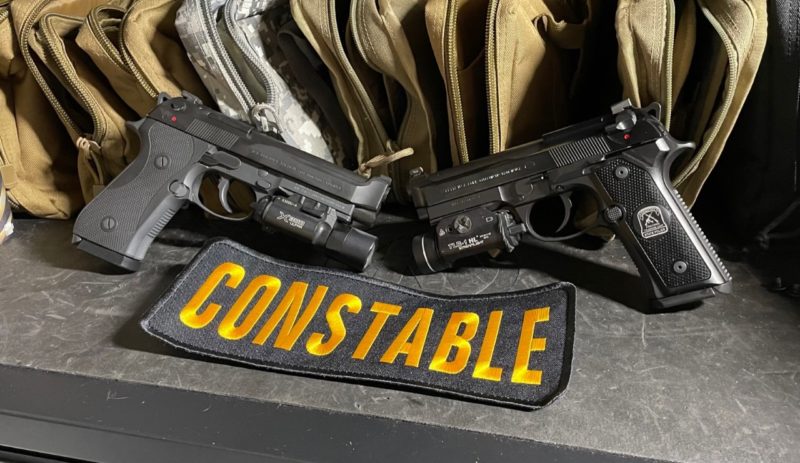
Offering a smaller version of your issued pistol may allow for a more proficient shooter while maintaining magazine and parts compatibility.
Plus, let’s keep in mind that many of the largest agencies in the country authorize multiple handguns, if not also allowing various calibers. NYPD, LAPD, and Las Vegas Metro allow multiple pistols and do so with no real issues. We certainly would have heard of it if there were widespread problems with issuing multiple handguns by now. A large city police agency near me has taken to giving their smaller statured officers with SigArms P225-A1 pistols. Smaller officers have used the single stack, compact 9mm for years without issue.
In weighing all the pros and cons of having multiple-duty pistols, I always come back to one idea. I would rather have officers carrying a handgun that fits them, and they are confident about their abilities with instead of issuing everyone the same gun for tradition, logistics, or magazine compatibility in a rare situation like North Hollywood.
About the author:
Matt Eagleston retired from the Connecticut State Police after 20 years of service. His assignments included patrol, resident trooper, commercial vehicle safety, and search and rescue. He spent the last 8 years of his career as a full-time firearms instructor and armorer at the Firearms Training Unit, where he taught pistol (including 1911s), patrol rifle, shotgun, concealed carry, and revolvers. He has trained numerous academy recruit classes, active and retired troopers, constables, judges, and state attorneys. He has testified in state superior court as an expert witness on firearms and their use.
He was also assigned to the State Police Emergency Services Unit as an armored vehicle driver and armorer.
He is currently a full-time Constable in Connecticut and continues to train firearms instructors at the municipal police academy.

